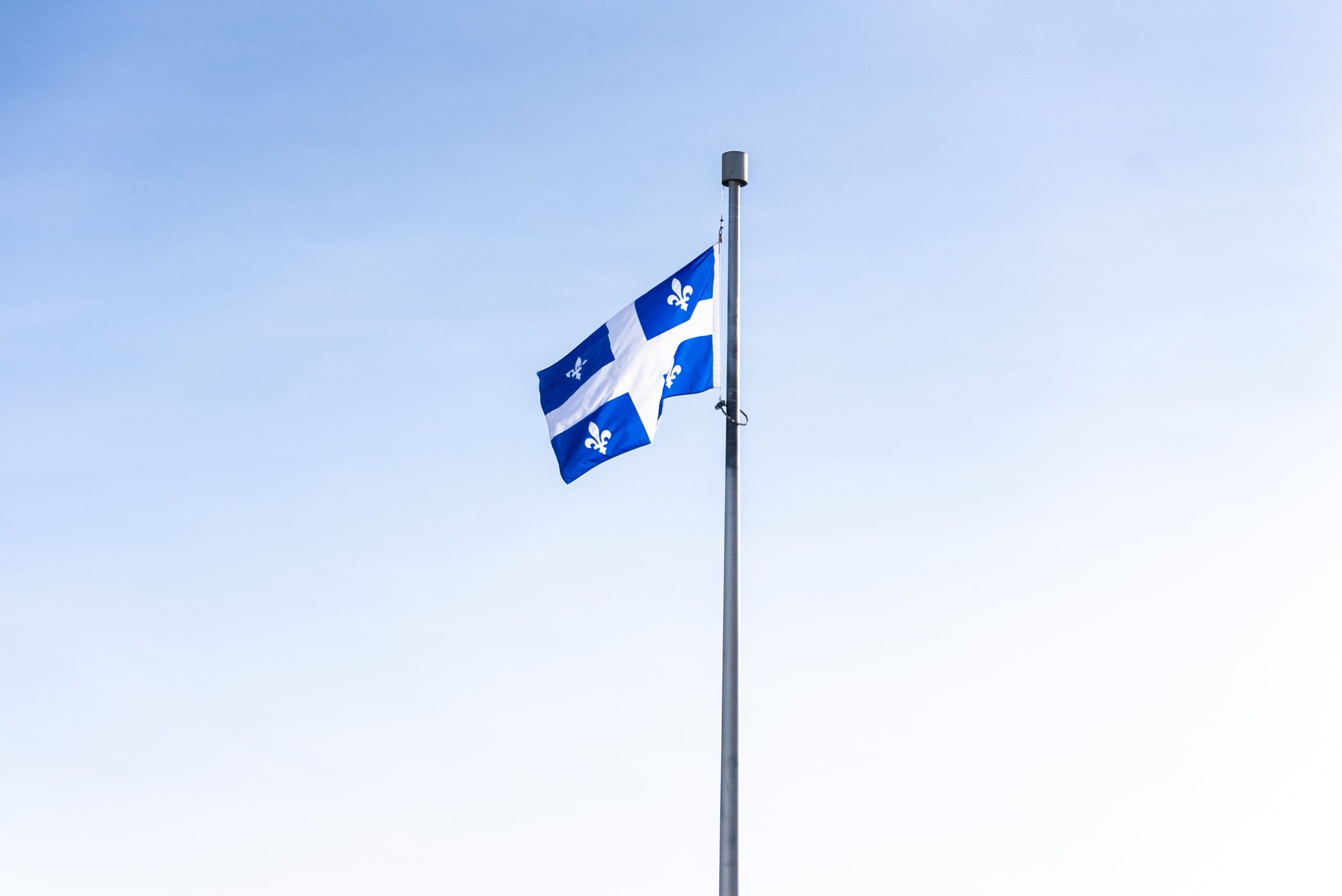With two official languages, Canada prides itself on its bilingualism, and the Government of Canada has an open interest in maintaining and supporting both the English and French languages within the country. Francophone communities exist in many places across the country, although they are primarily located in Quebec. Quebec has a unique arrangement with the Government of Canada where it can choose to welcome immigrants who want to relocate to the province.
However, the Government of Canada has an interest in maintaining and developing Francophone communities outside of Quebec. In support of those goals, the Canadian Government has implemented new immigration measures to support and drive immigration to Francophone communities in Canada outside of Quebec.
Francophone Immigration to Canada in Recent Years
The Honourable Marc Miller, Minister of Immigration, in support of Francophone immigration recently said:
“Francophone immigration plays a crucial role in strengthening our national identity. The numerous measures we are implementing will attract skilled Francophone workers who will support the economic and cultural development of these communities. Our efforts to ensure the successful reception and integration of French-speaking newcomers support our unwavering commitment to restoring and increasing the demographic weight of Francophone minority communities.”
On January 16, 2024, Immigration, Refugees and Citizenship Canada announced that a new series of immigration measures are set to be implemented in order to enhance the vitality of Francophone minority communities in Canada, outside of Quebec. These new immigration measures come following the Government of Canada’s Action Plan for Official Languages 2023-2028 which highlighted bilingualism in Canada, as the government estimates that nearly 18 percent of Canadians are bilingual.
Francophone Minority Communities Facing Unique Challenges
Since the COVID-19 pandemic restrictions on travel were lifted, there have been some distinctive challenges for certain communities within Canada. Overall, just under 20,000 French-speaking immigrants came to Canada and settled in Francophone communities outside of Quebec. The Government of Canada developed a target of 4.4% French-speaking resident admissions outside of Quebec, and this number was surpassed in December 2023, as French-speaking admissions outside of Quebec totalled around 4.7%.
In the Action Plan, the Government of Canada highlighted the fact that Francophone minority communities across Canada face unique economic and demographic challenges. For instance, although the population of first-language French speakers has grown, it has been outpaced by Canada’s total population growth. This means that the percentage of people who live in Canada who speak French as their first language has proportionally declined since it was recorded in the 2016 census. As such, French minority communities in Canada are increasingly relying on Francophone immigration to keep pace with the population rise caused by increased in immigration in the rest of Canada.
New Francophone Immigration Measures to be Implemented
The immigration measures announced on January 16, 2024, create a plan to address both short-term and long-term issues that will help restore the demographic weight of the Francophone community in Canada. These measures emphasize promoting and recruiting French speakers in Canada and abroad. Certain industries are also highlighted in order to address labour shortages in Canada as part of the overall goal of attracting and maintaining Francophone immigration.
Welcoming Francophone Communities Initiative
This announcement affirmed the renewal of the Welcoming Francophone Communities initiative, through which fourteen communities throughout Canada will continue to receive funding to help new Francophones integrate into the community. The program includes a community in every Province and Territory outside of Quebec. Further, the initiative is expanding to include ten additional communities. A list of the communities that are part of the program can be found on the Canadian Government’s website. Additional details regarding the funding and support that will be provided to the additional communities will be provided at a later date.
Francophone Immigration Support Program
The Government also announced the implementation of a new Francophone Immigration Support Program. The purpose of the new Francophone Immigration Support Program is to provide funding to projects to eliminate barriers to Francophone immigration. The Canadian Government indicates that this program will make it easier for Francophone minority communities to participate in international promotion initiatives and support and recruit Francophone candidates.
Francophone Immigration Outside Of Quebec is Important Policy Goal
The initiatives mentioned above are going to be supported by an investment of over $137 million. The Government of Canada further has lofty goals for increasing Francophone immigration to Francophone communities outside of Quebec and is aiming to increase Francophone immigrant admissions of 6% in 2024, 7% in 2025 and 8% in 2026. These goals are part of what are considered to be ambitious, realistic and achievable targets set out by Immigration, Refugees and Citizenship Canada as part of the 2024-2026 Immigration Levels Plan.
The Government of Canada has made it clear that Francophone immigration outside of Quebec is an important policy goal that it wants to fulfill and the policies being implemented should help to maintain, and foster, the French culture and language in Canada.
Contact Garson Immigration Law for Superior Assistance With Your Canadian Immigration Matters
The knowledgeable immigration lawyers at Garson Immigration Law have extensive experience helping clients resolve various immigration matters, including work permits and student visas. We are a Toronto-based law firm that works closely with clients to find effective solutions for a diverse range of immigration needs. To speak with one of our team members regarding your immigration matter, please do not hesitate to reach out to us online or call us at 416-321-2860.
